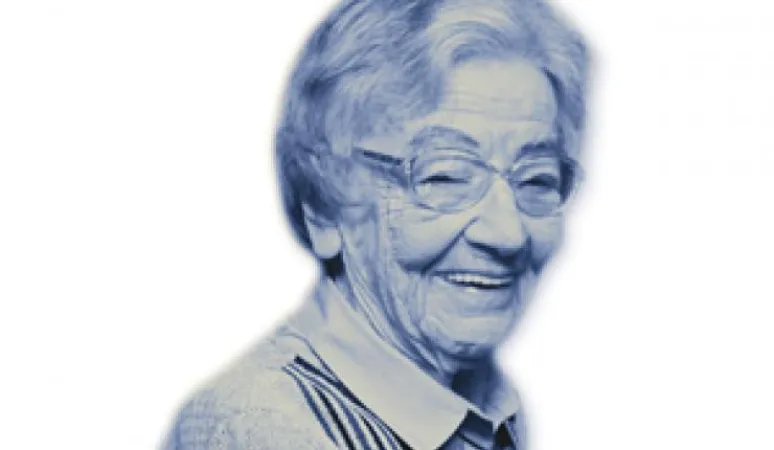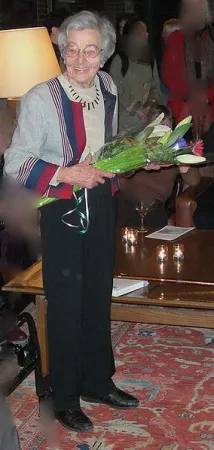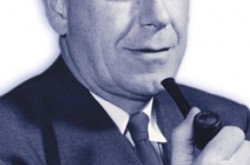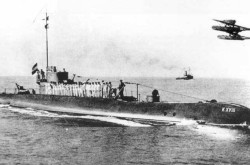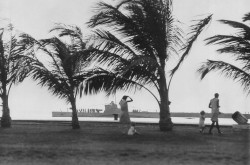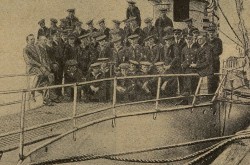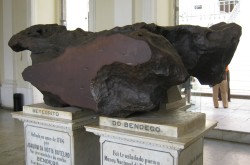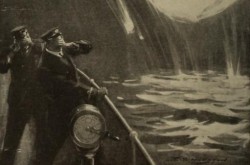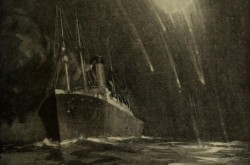Scientist promotes peace after her war experience
This article was originally written and submitted as part of a Canada 150 Project, the Innovation Storybook, to crowdsource stories of Canadian innovation with partners across Canada. The content has since been migrated to Ingenium’s Channel, a digital hub featuring curated content related to science, technology and innovation.
Molly Gatt
Algonquin College Journalism Program
After surviving the Holocaust in Germany, Ursula Martius Franklin used her scientific knowledge to promote peace and prosperity in any way possible. Four years after World War II, Franklin moved to Canada with PhD in experimental physics from Berlin. In 1967 she began working at the University of Toronto in the engineering department and eventually became a full professor in 1984. It was the highest honour the university could give her and she was the first woman there to achieve it.
While at University of Toronto, Franklin developed a non-destructive way of analysing ancient materials. She is credited as one of the pioneers of this practice, now known as archeometry. Franklin was a pacifist, feminist and humanitarian. She spoke about the importance of using science and technology to better our lives instead of using for selfish reasons. Franklin also helped write science policy for both the Science Council of Canada and the Natural Science and Engineering Research Council of Canada.
Her work earned her 25 honorary degrees, medals and awards including the Governor General’s Award in Commemoration of the Persons Case, which honours someone who has made great strides for women and girls, as well as the Pearson Peace Medal. Franklin was inducted into the Canadian Science and Engineering Hall of Fame in 2012.



